- Login
Critical Spatial Practice
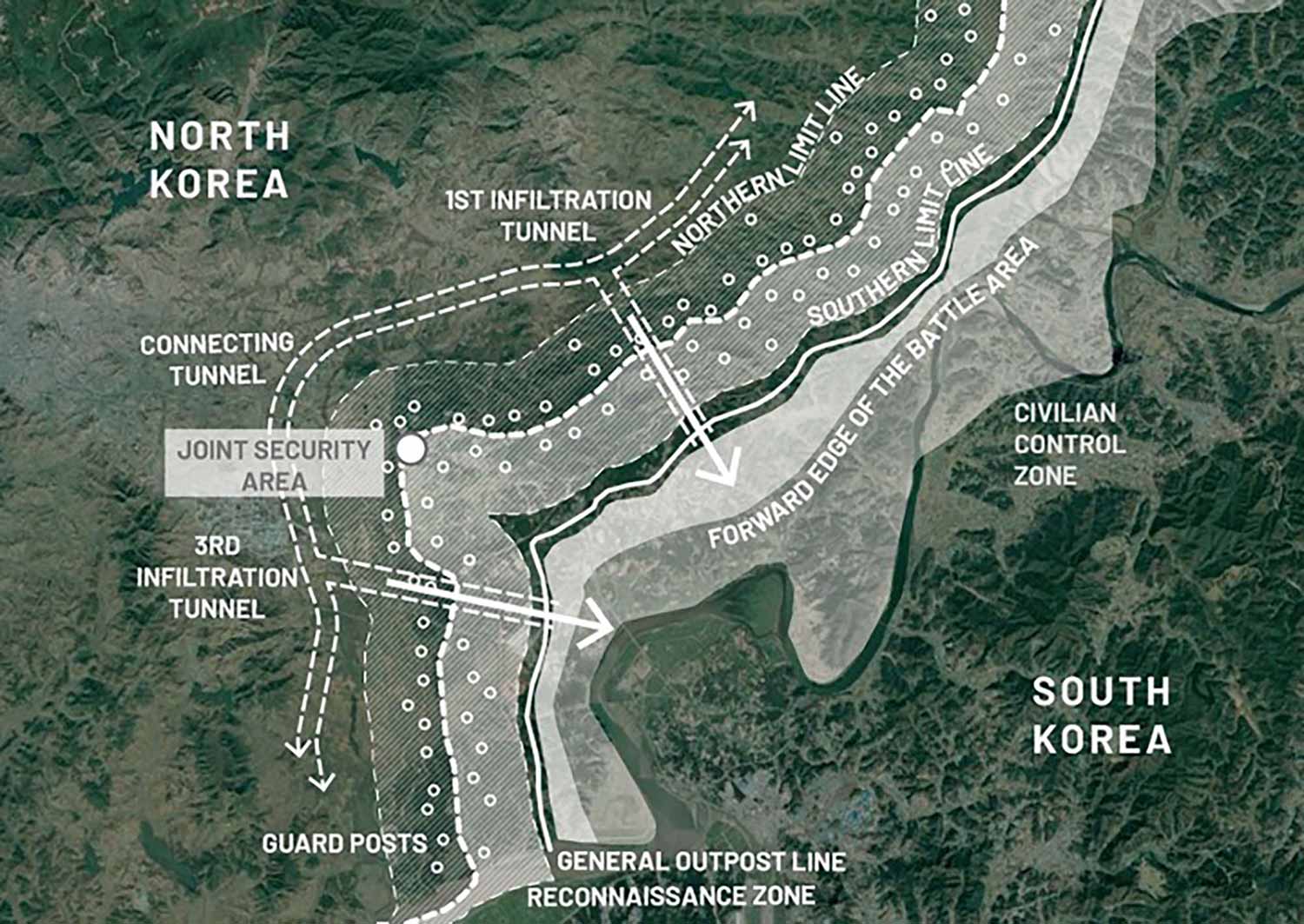
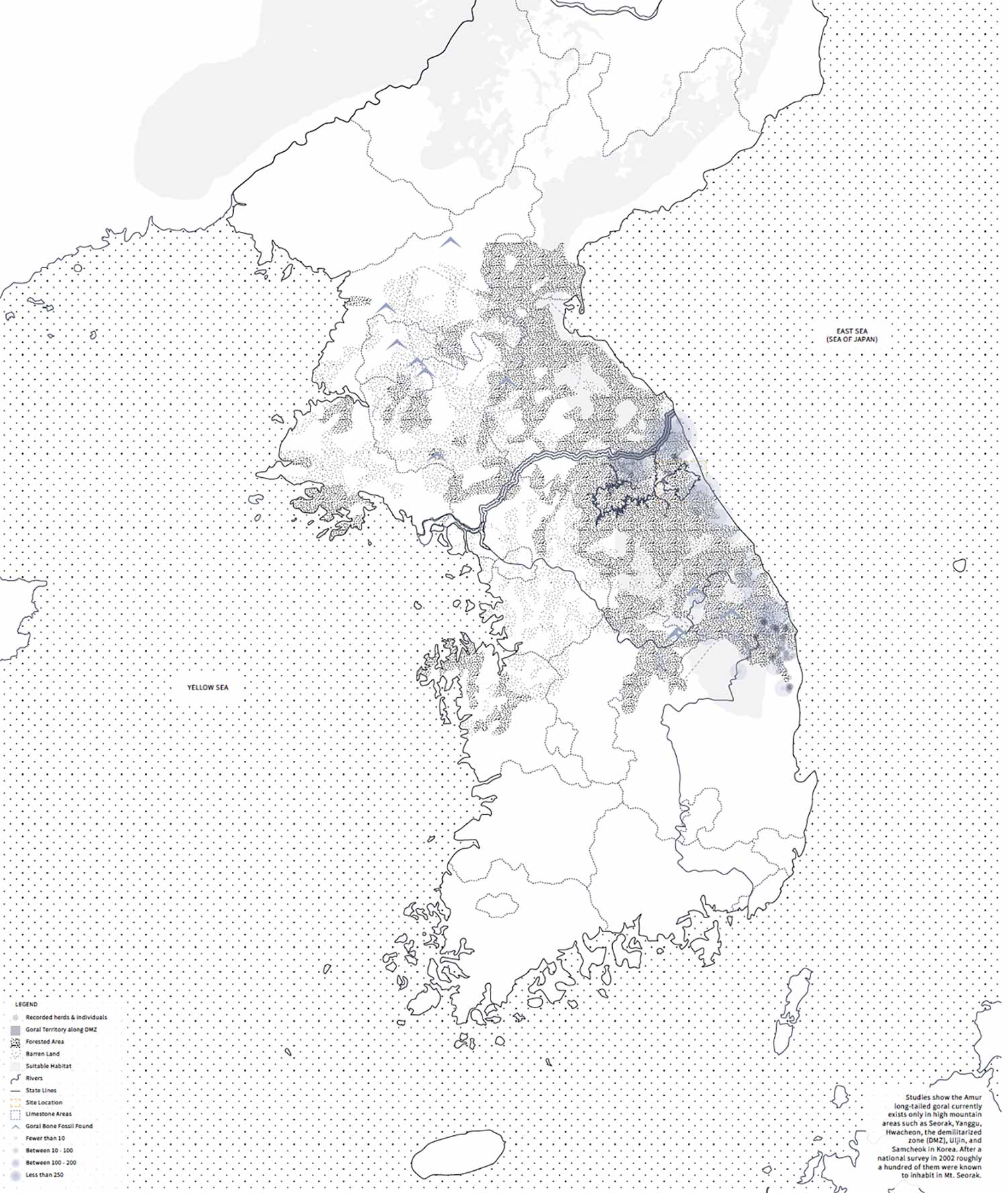
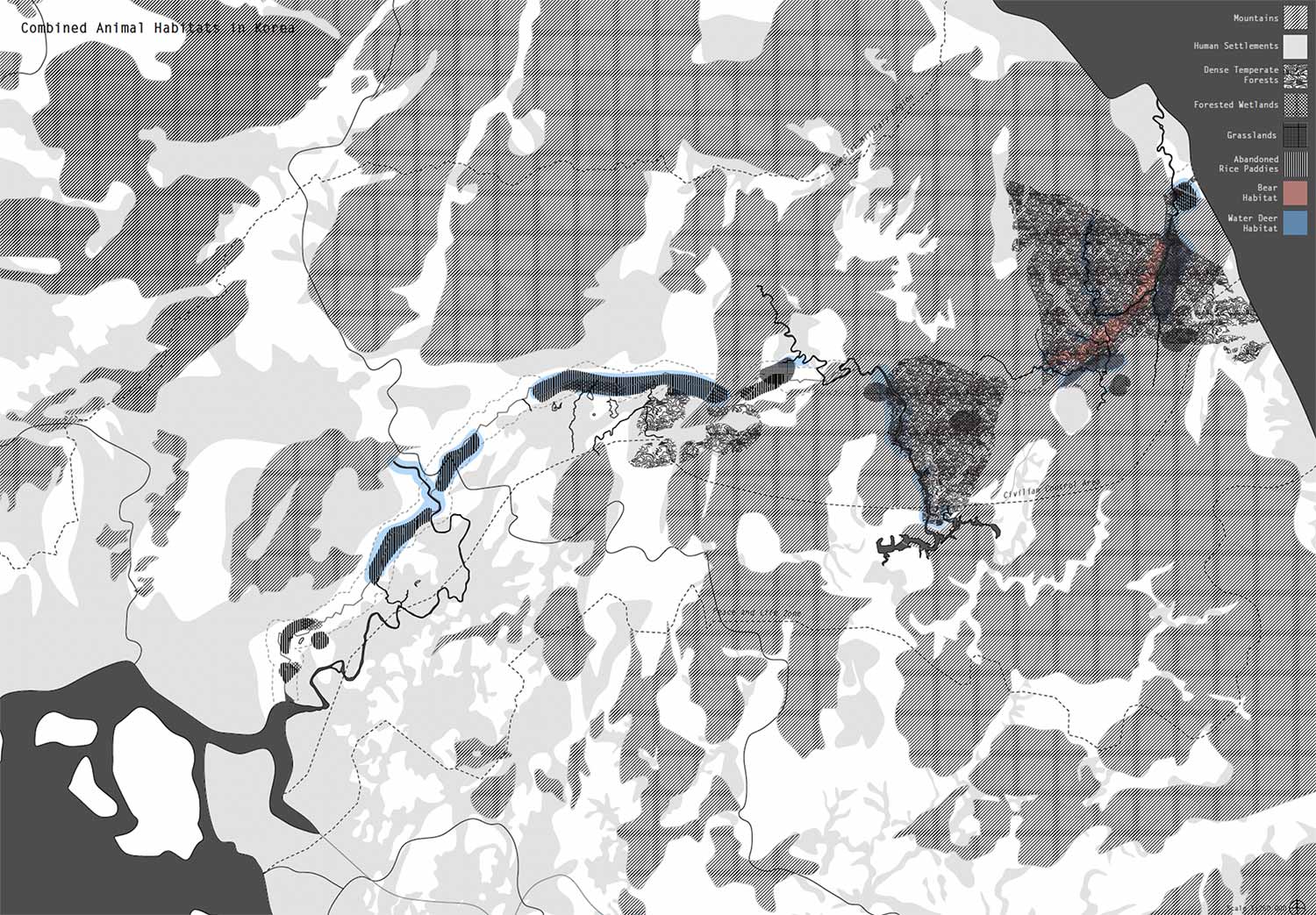

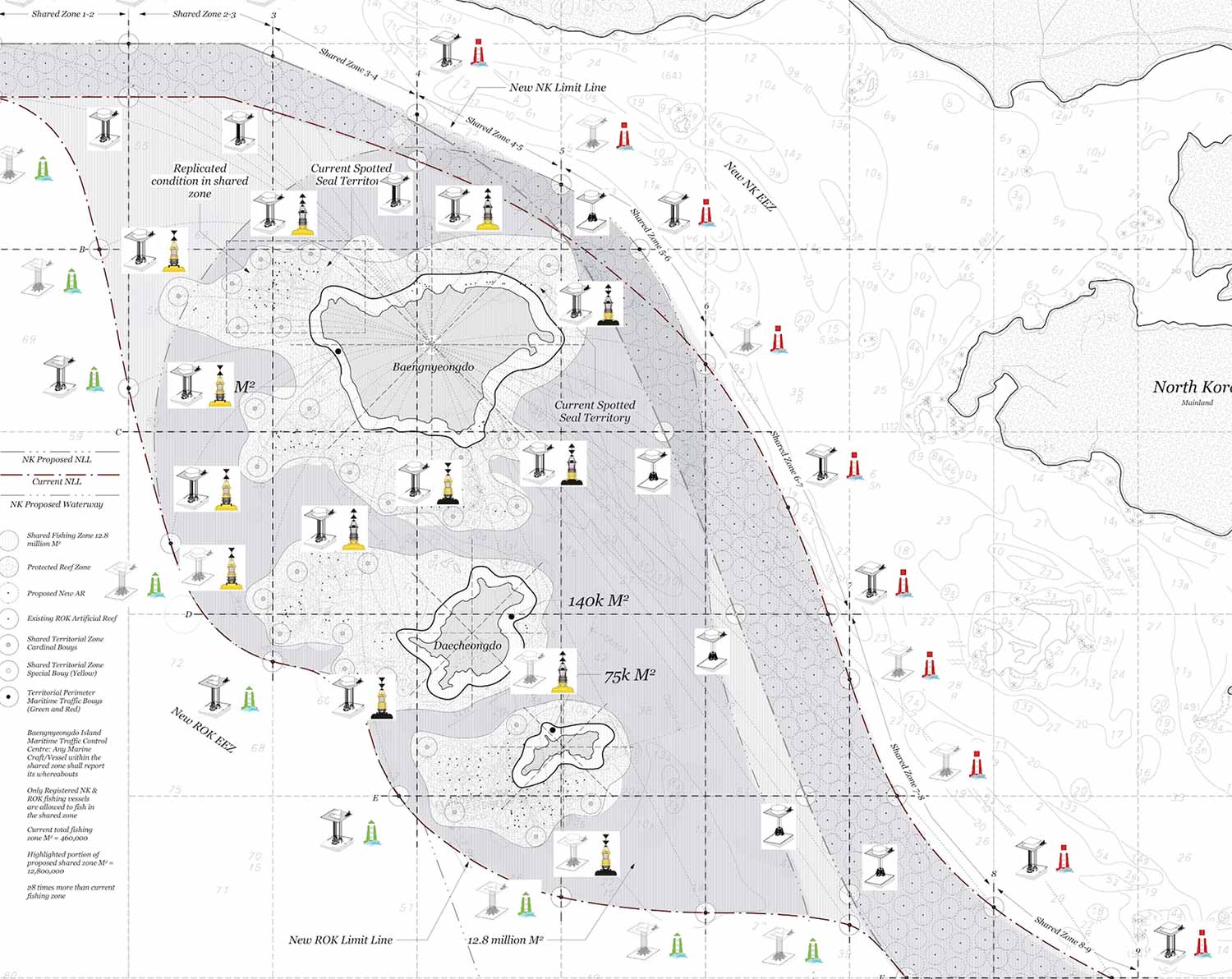
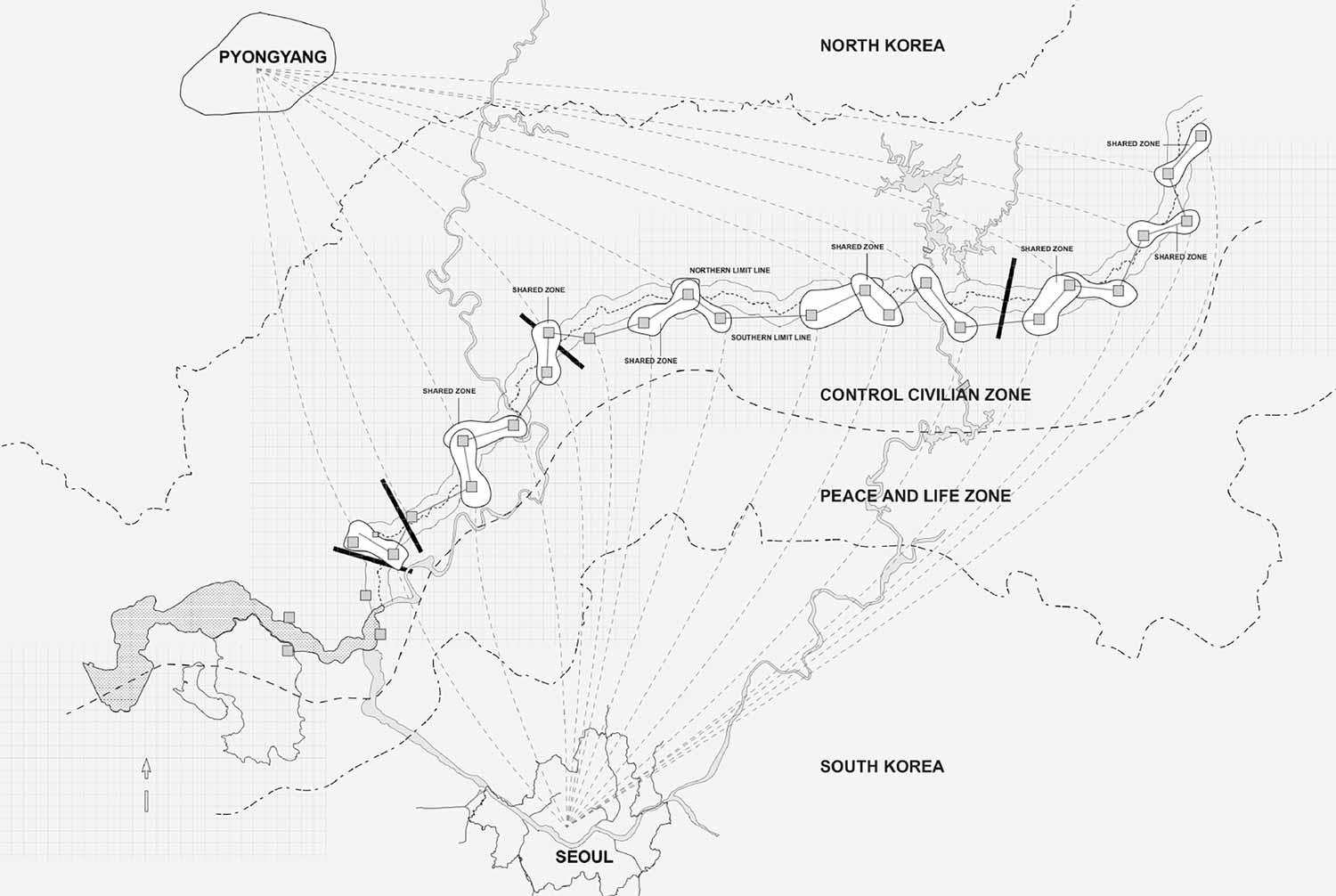
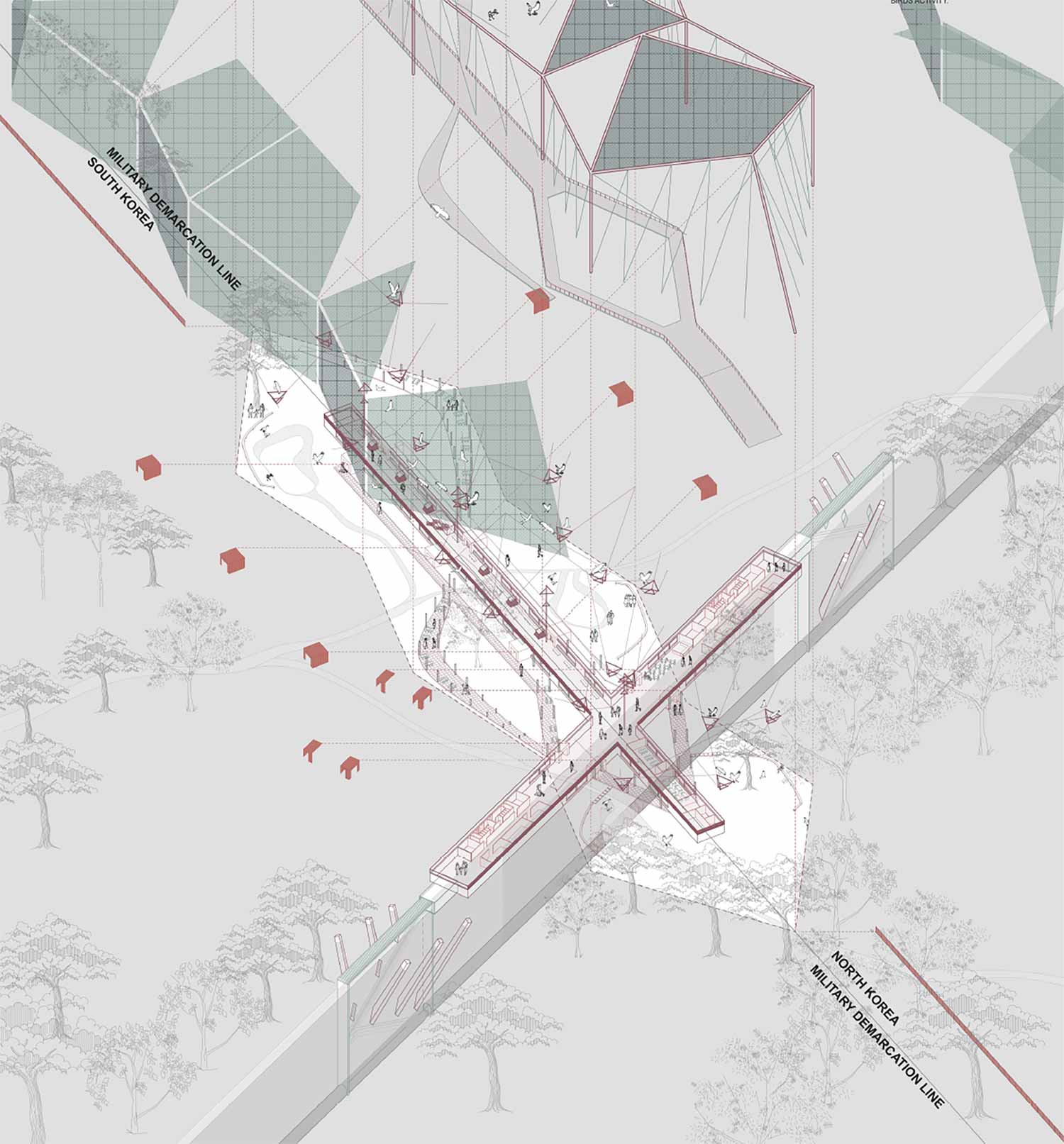
These notes arise from concerns around the potential for architecture to counter or redirect the spatial, financial or ecological conditions present at the time of its conception. These concerns manifest in a question – can one deploy mapping projects, the conceptualization of spatial arrangements and/or architectural interventions as counter measures to the dominance of pre-existing organizational logics?
While the question above is positioned within what might be understood as a reflection on architecture’s current predicament – a reflection that brings disciplinary and professional concerns together – to work on the question itself an engagement with a specific territory is required. The question of territory is key in that implicit in the question is the assertion that the already determined nature of any ground – in other words, the presence of the ground as resulting from a specific form of territorialization – can mean that creation is no more than the reiteration of the specific logics upon which that territorialization has occurred.
To explore this question fully, it was tested through a set of exchanges between concepts and strategies from both philosophy and architecture within the context of a design studio. The territory selected for study is a highly contested one – the Demilitarized Zone (DMZ) between North Korea and the Republic of Korea. The conditions upon which the DMZ depends for its current form allows us to ask, what is at stake in thinking counter-measures? To guide both the philosophical and architectural exploration, two concepts – coexistence and border condition – play a vital role.
Andrew Benjamin is Distinguished Professor of Architectural Theory at the University of Technology, Sydney (and Emeritus Professor of Philosophy at Monash University Melbourne). In addition to many articles, his books that touch on architecture, art history and philosophy include: Style and Time (North Western University Press, 2006), Writing Art and Architecture (Re:press Books, 2010), Architectural Projections (RMIT Press, 2012), Art’s Philosophical Work (Rowman and Littlefield International, 2015).
Gerard Reinmuth is a Founding Director of the architectural practice TERROIR (1999) and Professor of Practice at the School of Architecture at the University of Technology, Sydney (2011–) where he is also Associate Head of School. His practice TERROIR emerged from conversations around the re-examination of place in light of contemporary cultural and environmental questions and these issues underpin a broad cross section of outputs including buildings, exhibitions, strategy work and writings, much of which has been featured in international publications, biennales and, for the built work, has received numerous awards. Gerard’s research and teaching specifically explore the agency of the architect given contemporary economic and political tendencies.
The intersection of Andrew and Gerard’s bodies of work has culminated in their joint investigation of relational architecture through studio teaching, lectures, writings and built work. The studio work – taught in the Masters of Architecture program at UTS – was exhibited at the Seoul Biennale in 2017, 2019 and 2021 and the Venice Biennale of Architecture (Korean Pavilion), 2021.
Our approach is founded in two decades of conversation around the intertwining of architecture with contemporary political and economic conditions and questions around architecture’s role in perpetuating those conditions. As a teaching and writing collaboration that spans architecture and philosophy, we are interested particularly in the question of relationality – which occurs in philosophical thinking and political theory – and how it might inform and structure an approach to both the discipline and profession of architecture.
Sandro Mezzadra and Brett Neilson, ‘Between Inclusion and Exclusion: On the Topology of Global Space and Borders,’ Theory, Culture and Society (2021) 29 (4/5): 58–75.
Suzy Kim, ‘Crossing borders: a feminist history of “Women Cross DMZ”,’ The Fletcher Forum of World Affairs (Winter 2016) 40(1): 133–56.
Etienne Balibar, ‘Europe as Borderland,’ Environment and Planning D: Society and Space (January 2009) 27(2): 190–215



































































